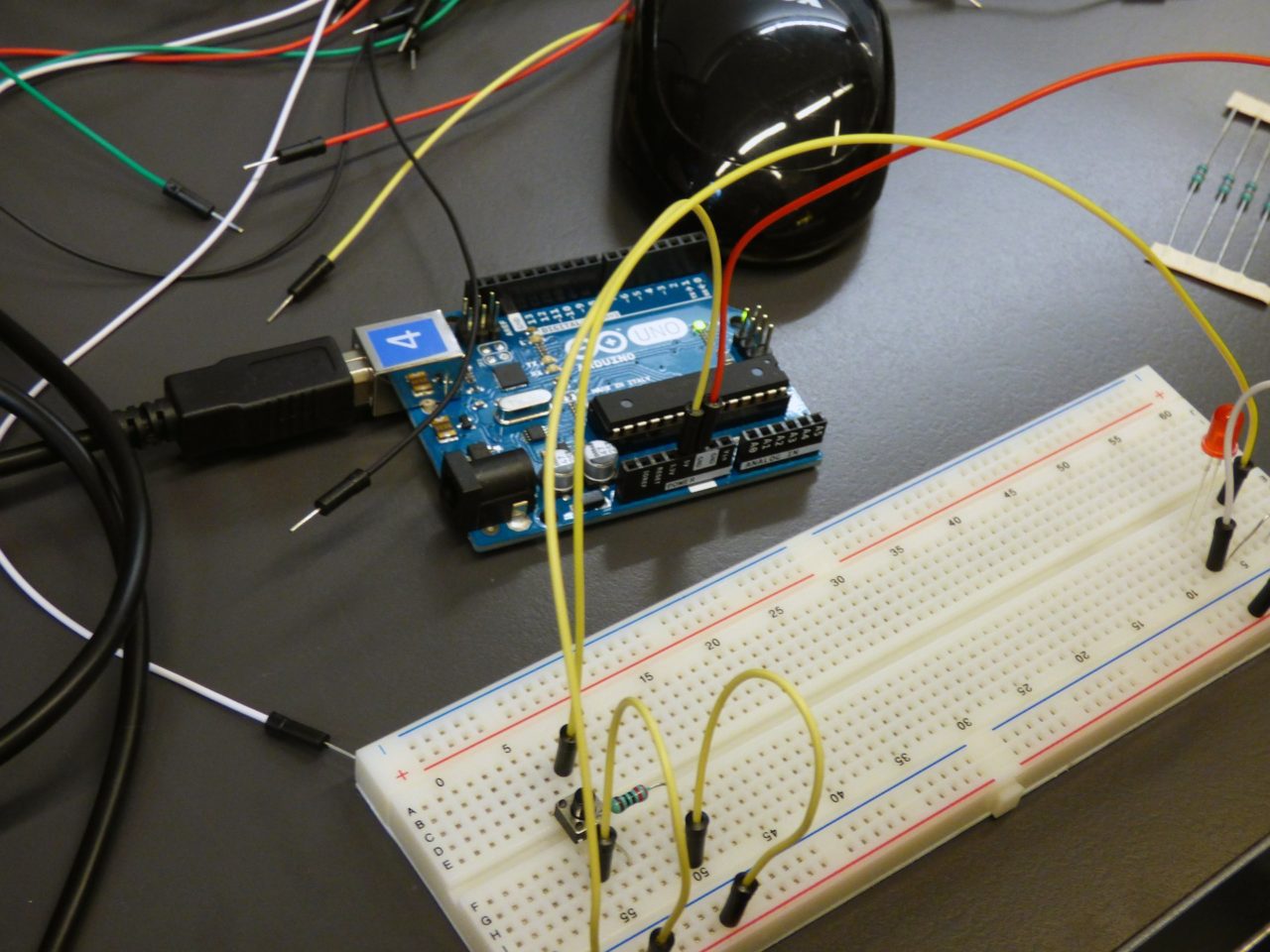
In the past, mobile phones were always deep discharged, but the so-called memory effect no longer applies to modern lithium-based batteries. On the contrary, it is usually not advisable to carry out a deep discharge regularly. The risk of shortening the battery life is too great. Especially in case of repetition, the capacity can be noticeably impaired. Studies have shown that the number of possible charging cycles decreases with the depth of discharge: 4700 charging cycles were achieved at a depth of 10%, while the number of cycles was reduced by almost 50% at a depth of 25%. With a discharge of 100%, only 500 charging cycles were possible on average. The result: The less the battery is discharged and the sooner the phone is powered again, the less voltage the smartphone batteries lose in the course of their lifetime.
According to smartphone manufacturers, however, it is no longer possible to completely discharge the batteries from the depths of the car anyway, due to the sophisticated technology; but as experience has shown, at least a deep discharge can always take place. However, this one complete discharge, or at least a rare 100% discharge, is no longer completely discouraged; rather, some mobile phone users say that the modern lithium ions used in the manufacture of smartphone batteries have a certain intelligence. The battery is assumed to have a memory capacity and can recognize how long it has been charged at which current and what amount of current has just been released. For this reason, it is also possible to predict the remaining time remaining until complete discharge. According to this theory, however, this memory does not exist in advance, but needs to be trained. A deep discharge, which should take place every four weeks, is therefore recommended. In this way, the memory of the batteries should be refreshed.

Leave a Reply